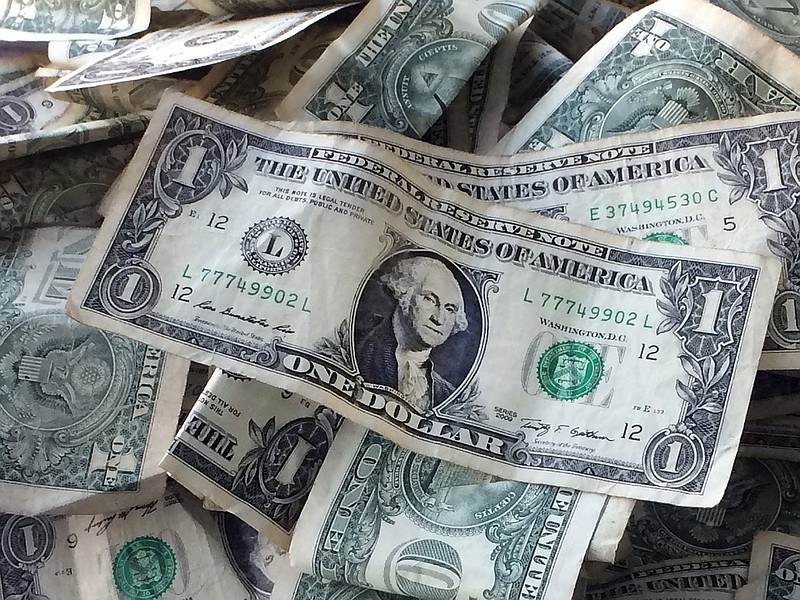The first official currency issued by a government was a coin minted in ancient Lydia around 600 BCE. It took about 1,700 years for the first sovereign paper money to emerge in China. Since that time, hundreds of different currencies have appeared: Yen in Japan, Yuan in China, Pounds in Great Britain, Reals, Ringgits, Mohars, Bahts, Perpers, Scudos and Zlotys. Yet by far the most iconic and powerful currency in the world today remains the U.S. dollar. So if you've ever wondered how we settled on the dollar and where it got its name, you are in luck.
During the 15th century, silver began to displace gold in the production of coins. In 1519, a large, high-quality silver coin was minted in Bohemia, a kingdom within the Austrian Empire (comprising most of the modern Czech Republic). The coin was produced in the small town of Joachimsthal, and in time it came to be known as the "Joachimsthaler," later shortened to thaler or taler. In Czech, thaler transliterated into tolar; in Scandinavian, it became daler. Dutch merchants brought their version, the daalder, to the New World where it ultimately morphed into the English "dollar." Today, a number of countries including Canada, Australia, New Zealand and Singapore call their sovereign currencies "dollars."
Silver coins had also come into widespread use within the Spanish empire around the same time, including in North America. The Spanish silver coin carried a value of 8 "reales" and so was called the peso de ocho reales or simply the peso (meaning "weight"). Owing to its similarity to the Bavarian thaler, English speakers began referring to the peso as the "Spanish Dollar" and the American colonies widely adopted it due to a perpetual shortage of British currency.
In order to make change for small transactions, it became commonplace to chop the peso coin into eight individual wedge-shaped pieces, each worth one real. Henceforth Spanish dollars were also known as "pieces of eight". The single real wedges were sometimes called "bits", with each bit representing one eight of a dollar, two bits equaling one fourth, and so on. This tradition lives on in the phrase "two bits," meaning a quarter dollar.
With the collapse of the Revolutionary War currency (known as "Continentals"), Congress passed the Coinage Act of 1792, officially adopting the dollar as the official currency. The new American dollar was divisible by 100 and minted under the direction of the newly established Department of the Treasury. Still, the familiar Spanish peso had by that time become so common that its use as legal tender in America continued until 1857.
The first documented use of our present dollar sign ($) was in 1770, prior to the Declaration of Independence. Yet the origin of this symbol remains somewhat cloudy. Theories abound, some fanciful, but the most plausible explanation again involves the Spanish peso.
During the eighteenth century, the peso came to be abbreviated by a capital P with a superscripted S. In time, the S descended to form PS, and ultimately the two letters became overlapped. Then at some point, the original P was reduced to just the vertical line, leaving us with the familiar symbol we have today.
One final observation: a dollar ain't what it used to be. Since the Coinage Act was adopted, the actual silver in the original dollar coin has increased to around $15. However, the currency itself has suffered a whopping 2,453% depreciation due to inflation. The purchasing power of one US dollar in 1792 would be worth $0.04 in today's dollars (about 1/3 of a bit). Careful where you spend it.
Christopher A. Hopkins, CFA, is a vice president and portfolio manager for Barnett & Co. in Chattanooga
